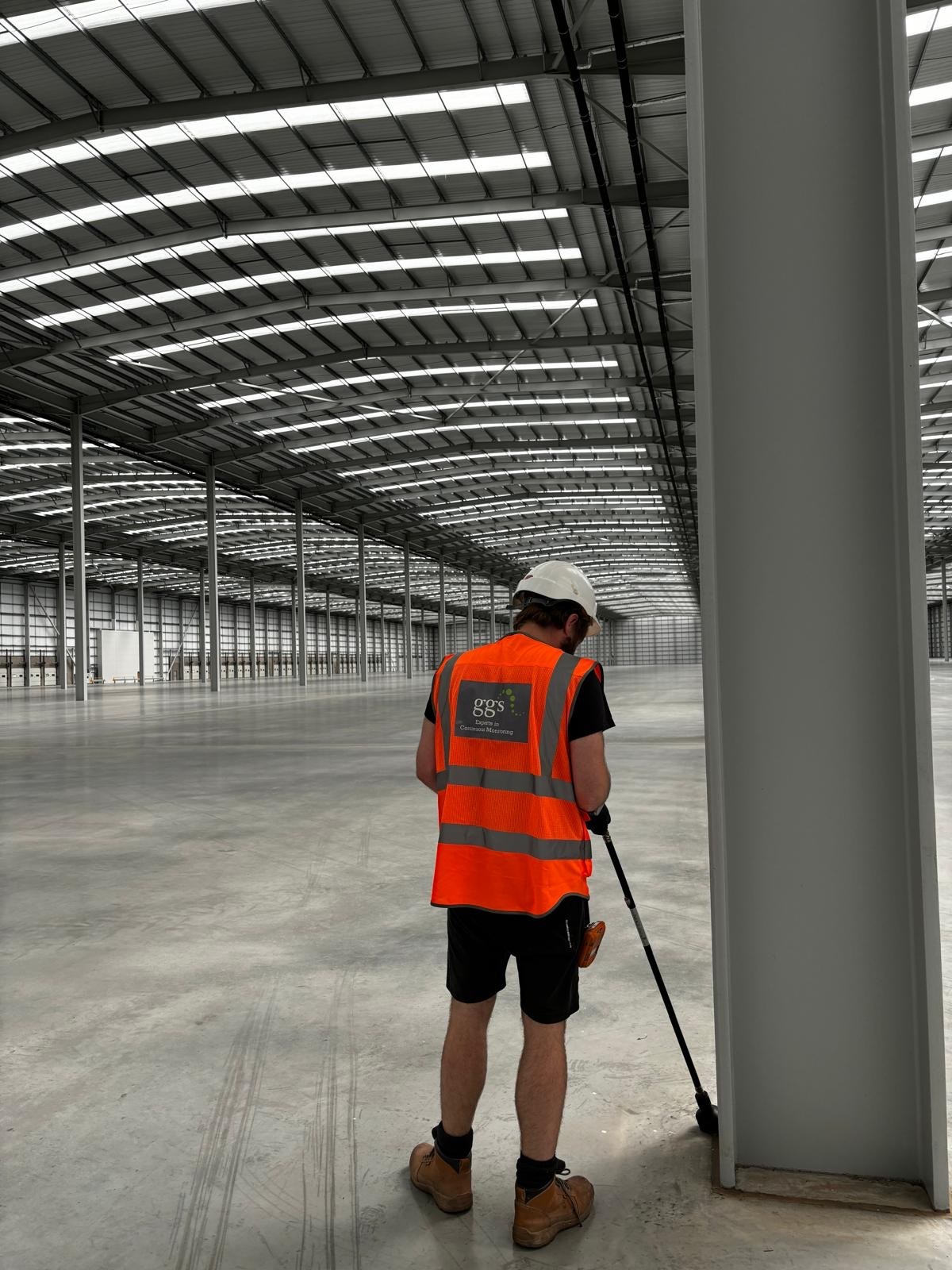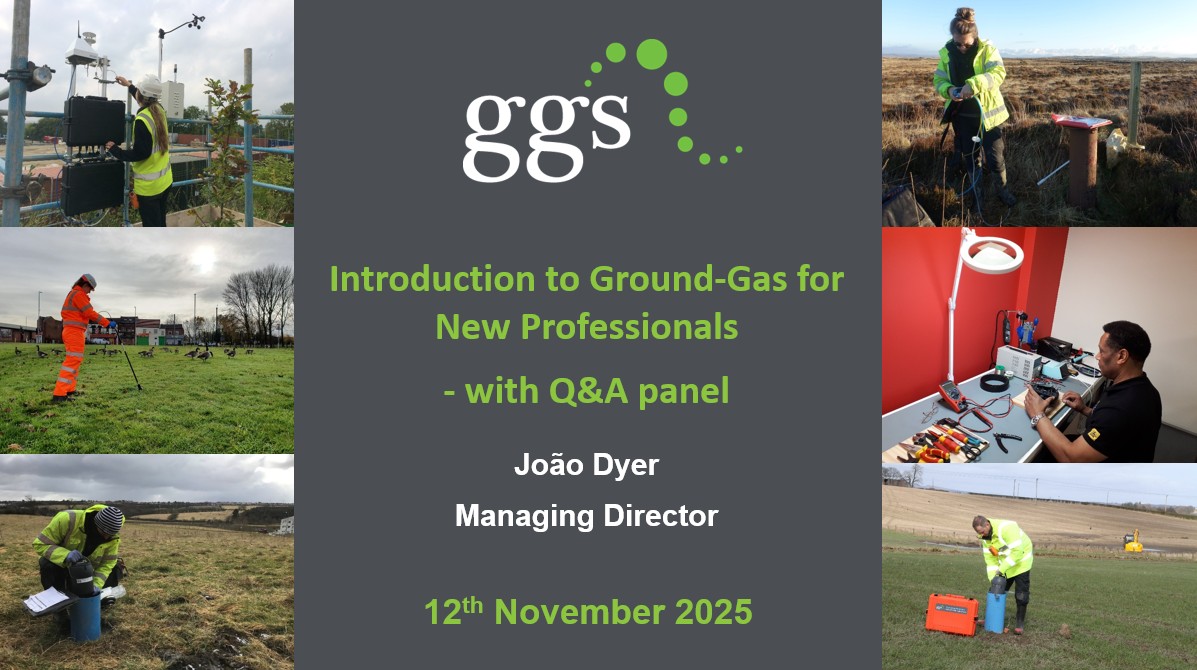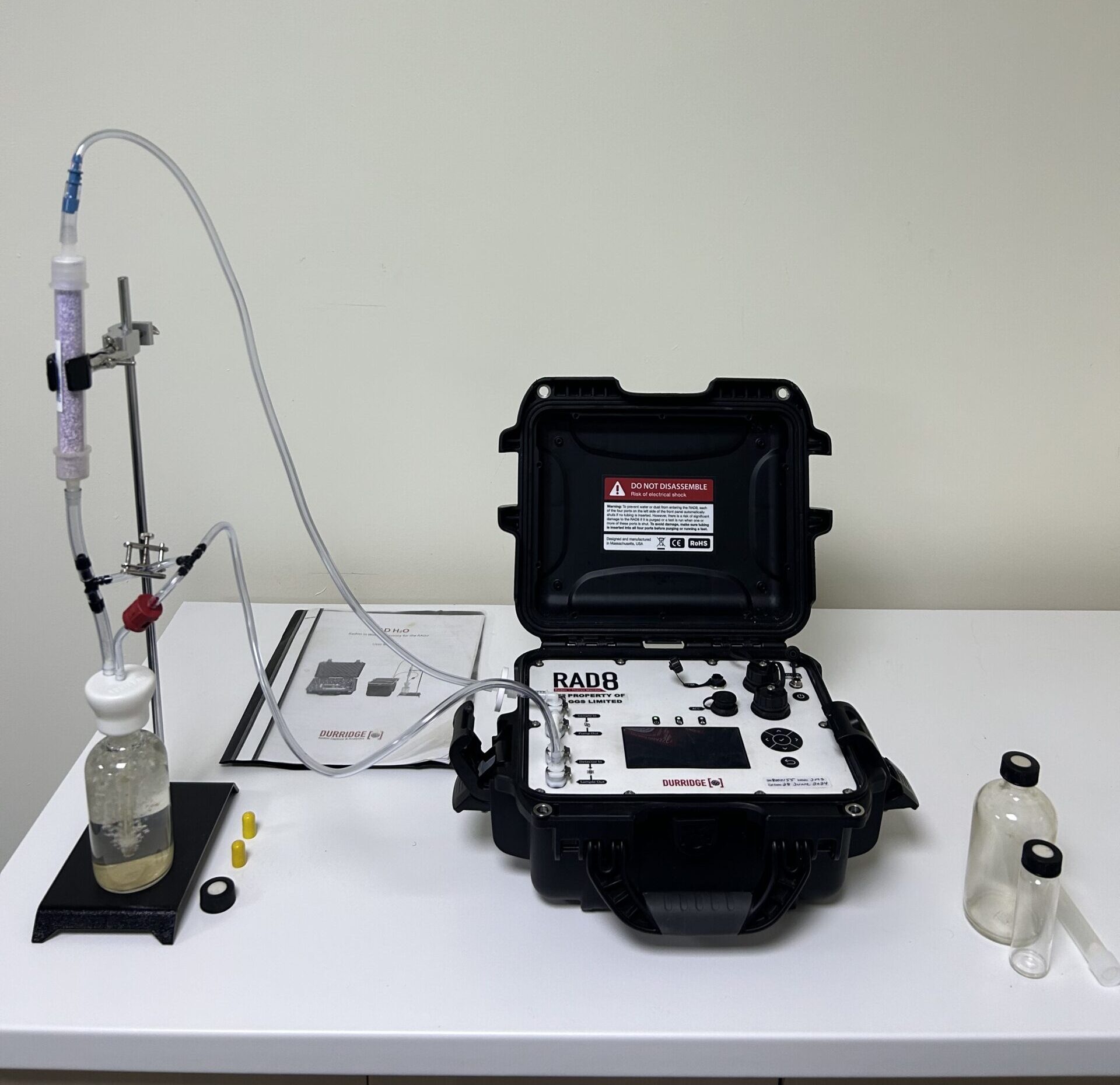Embracing Professional Judgement: NHBC’s Hazardous Ground Gas Guidance redefines best practice
As specialist geo-environmental consultants, GGS plays a crucial role in ensuring safety and mitigating risks associated with hazardous ground gases. The recently published NHBC Hazardous Ground Gas Guidance document marks a welcome shift in approach, emphasizing the importance of professional judgement over undue over-conservatism. In this blog, we will explore the main points of the guidance and how it aims to promote higher standards, better workmanship, and more efficient verification processes.
- Moving away from over-conservatism
The NHBC guidance recognizes the issue of over-conservatism prevailing in the industry, where some practitioners tend to escalate precautionary measures from Characteristic Situation 1 (CS1) to CS2 without sufficient grounds. Such a “better safe than sorry” approach may lead to unnecessary expenses and an increased burden on developers, without necessarily providing additional benefits. By encouraging a more nuanced and professional judgment-based assessment, the guidance aims to strike a balance between safety and pragmatic solutions.
2. The downside of over-conservatism
Overly conservative practices might inadvertently lower the overall standards within the industry. When measures are escalated without valid justifications, it can create a culture of complacency and neglect towards accurate risk assessments and installation procedures. This kind of approach might result in an unnecessary financial burden for developers, leading to a lack of incentive for maintaining high standards of workmanship and verification.

3. Precise and targeted ground gas protection
One of the key messages of the NHBC guidance is the importance of installing ground gas protection only where it is genuinely needed. Implementing robust risk assessments and understanding the site-specific conditions are paramount. By focusing on areas with credible contaminant linkages and appropriately tailored solutions, developers can optimize their resources and ensure the highest level of protection for occupants.
4. Importance of a comprehensive desk study and walk over survey
The guidance stresses the significance of conducting a thorough desk study and a comprehensive walk over survey as the initial steps in any ground gas protection project. A desk study helps in identifying potential sources of contamination, historical land uses, and ground conditions, while a walk over survey provides valuable visual and site-specific information that contributes to a more accurate risk assessment.
5. Variability in made ground and ground gasses
Not all made ground is the same; some may contain hazardous ground gases, while others may not pose such risks. It is essential to recognize the variability in ground conditions and tailor the site investigation and ground gas protection measures accordingly. Site-specific assessments are vital to determine the presence and potential risks associated with ground gasses effectively.
6. Dissolved gas in groundwater
Dissolved gas in groundwater may not always present a problem; however, it can lead to high gas concentrations and flows from flooded monitoring wells. Understanding the behaviour of dissolved gases is crucial in interpreting monitoring data accurately and planning appropriate gas protection measures.
7. Utilizing tertiary plots
The use of tertiary plots is an effective way of presenting ground gas data. Tertiary plots can help demonstrate the source of ground gases and provide valuable insights into migration pathways. They enhance the overall understanding of the ground gas dynamics and facilitate better decision-making during risk assessment and mitigation planning.
8. Multiple lines of evidence
Relying on multiple lines of evidence, rather than just the Gas Screening Values (GSV), is vital for a comprehensive ground gas risk assessment. Combining data from various sources, such as gas monitoring, borehole logs, surface emission surveys and the interpretation of the Conceptual Site Model cross-section, allows for a more accurate and holistic understanding of the site’s ground gas conditions.
9. Comprehensive verification
The verification processes should cover all elements of a gas protection system, not just the gas membrane. A thorough verification ensures that all protective measures, including membrane installation, perimeter detailing, and gas venting, meet the necessary standards and specifications. Proper verification helps ensure the long-term effectiveness of the ground gas protection system.

10. The worst case scenario: Misallocated resources
Failing to follow the principles of professional judgement can result in the following:
a. Unnecessary mas Monitoring: Conducting gas monitoring in areas where there is no credible contaminant linkage is a wasteful practice. It adds to the project’s costs without providing meaningful data or insights.
b. Improper gas membrane installations: Installing gas membranes where they are not needed or without adhering to industry best practices can lead to compromised effectiveness, rendering them practically useless.
c. Costly and unnecessary verification: Carrying out excessive and poor-quality verification processes, especially when the risk does not warrant it, results in unnecessary expenses and a diversion of resources from critical tasks. It also squanders material resources and unsustainable.
d. Poor detailing of the gas barrier installation: This can have severe consequences, leading to moisture ingress back into a property. When moisture tracks back along the top of the gas barrier, it can lead to mould and rot inside the property. Such issues result in property damage and/or health risks, leading to potential claims against NHBC and legal disputes. Proper detailing and installation are crucial to preventing these problems and ensuring the gas protection system functions as intended.

Conclusion
By considering the additional aspects mentioned in the NHBC hazardous ground gas guidance, should improve the identification and management of ground gas hazards. Through diligent site assessments, recognition of ground gas variability, and utilization of various lines of evidence, will provide more reliable solutions to clients while minimizing unnecessary costs and maintaining high-quality workmanship. Adhering to the guidance will not only promote safety but also protect against potential claims and disputes.
The following pages include news articles, videos, guidance notes and white papers on a range of ground gas related topics which we hope you will find of interest. Please browse through but if you can’t find something on your particular issue of interest, we’d be very pleased to hear from you so we can put that right.

Establishing a new warehouse involves managing numerous moving parts such as ensuring operational systems are in place, training staff and coordinating logistics. Amidst this complexity, it’s essential to remain compliant with environmental and safety regulations.
One important aspect is managing and mitigating ground gas risk. Keep reading to learn about the process and what to expect.





